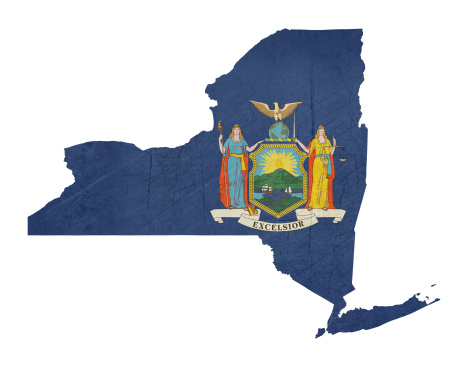 The New York State Energy Research and Development Authority (NYSERDA) says it will use new and improved strategies to support large-scale renewables, such as wind and solar, in the state.
The New York State Energy Research and Development Authority (NYSERDA) says it will use new and improved strategies to support large-scale renewables, such as wind and solar, in the state.
NYSERDA proposes a long-term commitment to the next generation of large-scale renewables through a $1.5 billion public investment over 10 years, which is comparable to the level of investment made over the past decade through the existing renewable portfolio standard.
The proposal responds to industry and market feedback and advances approaches built off of best practices from around the country. It also aligns with Gov. Andrew Cuomo's Reforming the Energy Vision plan to build a cleaner, more resilient and affordable energy system.
These strategies would build upon New York's clean power legacy, which began in the 1950s with major public investments in hydroelectric dams that continue to provide low-cost, zero-emissions electricity for New Yorkers to this day.
The new strategies and commitment will enable New York to make meaningful progress toward the state's clean energy goals at the lowest possible cost, while setting large-scale renewables on a path to a subsidy-free market and providing opportunities for customers to more easily procure clean power on their own.
NYSERDA is recommending the following design principles:
- Bundle power purchase agreements to reduce costs and electricity price volatility;
- Flexible procurements to increase competition and ensure the selection of the lowest-cost projects;
- Centralized project solicitation/evaluation by a third party;
- Procurements based on planned budgets, system needs and other considerations;
- New mechanisms to facilitate voluntary market activity;
- Securitization to lower the cost of project debt; and
- Long-term budget commitment to stimulate greater investment in New York and put large-scale renewables on a path to grid parity, while enabling significant reductions in overall collections.
NYSERDA says the measures achieve key policy objectives of minimizing costs while maximizing benefits of large-scale renewables, promoting competition and increasing the voluntary market.



